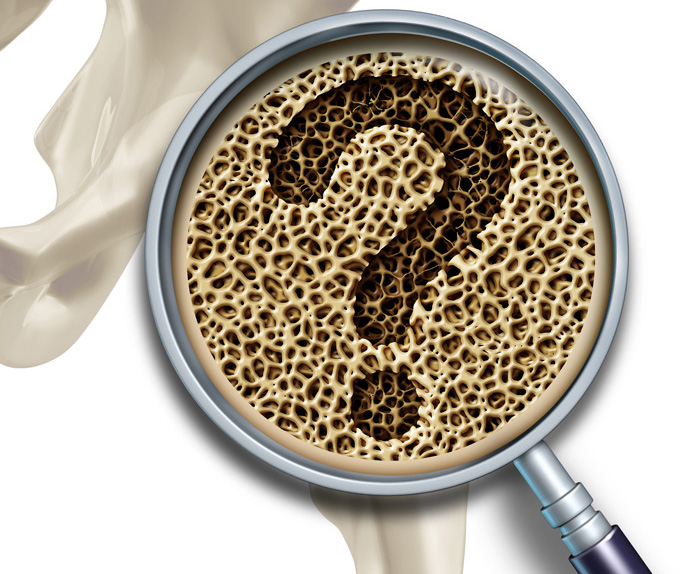
Osteoporosis has traditionally been viewed as a problem of low bone mass, but the increase in fracture risk is disproportionately high relative to the reduced mass, suggesting that other bone changes also occur.
Jeffry Nyman, PhD, and colleagues have now assessed bone material and matrix properties in a strain of mice (BALB/c) commonly used for studies of aging. They report in the January issue of the journal Bone that with aging, the femurs of both female and male mice become brittle and have reduced toughness and less ability to resist crack growth.
The investigators found multiple changes in the bone matrix including increased chemical crosslinks, decreased matrix-bound water and alterations in the structure of type 1 collagen. The observed matrix changes are similar to those found in aged human bone.
The findings support using BALB/c mice as a pre-clinical model for age-related changes in bone matrix and point to multiple matrix targets for novel drugs to treat osteoporosis.
This research was funded in part by grants from the National Institutes of Health (DK101003, AR067871) and the U.S. Department of Veterans Affairs (BX004297).












